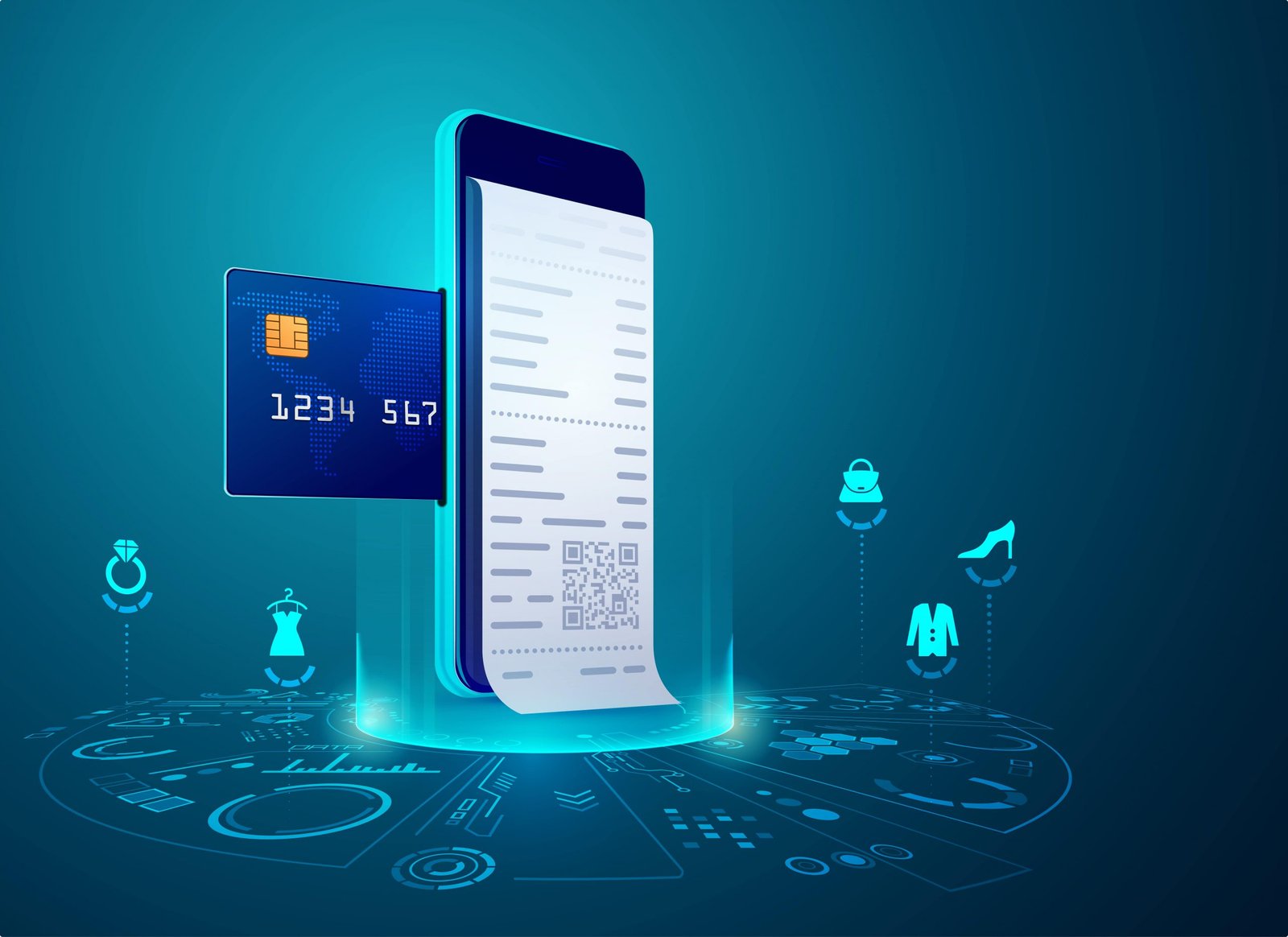Unified Lending Technology – The customer lending field has widely recovered from the pandemic, though COVID-19 made an important mark on the technology lenders use. The lending field had lagged in its utilization of technology before the pandemic, but lenders have now reached other fields in the technology they use. While the pandemic led to a rise use of lending technology, trends have shifted beyond business survival. Today’s financial technology is now allowing lenders to become more successful in a tighter lending market. Digital lending technology-enabled lenders to offer possible borrowers quicker and more suitable decisions, along with better, more customized customer service.
From online applications to artificial intelligence AI-enabled chatbots, lending technology trends are growingly connecting automation with data to bring customers better experiences. Unified Lending Technology is a complete solution that brings together different elements of lending, like loan origination, management, and collections, into a single platform. It allows lenders to work loans quicker, more protectively, and with greater perfection, giving an extensive user experience for both borrowers and lenders.
What Are The Benefits Of Unified Lending Technology?
One of the best benefits of Unified Lending Technology is its capability to faster go-to-market. It enables businesses to arrange credit products with some clicks and meet each customer’s requirement, making it feasible with many integrations and a super strong low-code platform. By decreasing the time needed to launch new products, unified lending technology offers businesses a competitive edge. Another benefit of Unified Lending Technology is its complete security and compliance features. The technology has the best cloud structure to make sure data is bank-grade protected and naturally adaptable.
With many security layers and backups, the system is tough and protected from threats. Guaranteed uptime is one of the main features of Unified Lending Technology. The technology is always rising and running, matching the speed and scale of businesses with auto-scalable and expendable infrastructure. However, with a 99.5% assured guaranteed uptime, businesses can have comfort in their lending operations.
Past, Present, And Future Lending Technology Trends
Lending technology trends are widely constant along the same lines as they were previous to the industry disturbances of 2020. However, while lenders looked to include technology throughout the pandemic to stay in business, lenders are now remembering how this technology can make them more pliable and effective.
Previous Lending Technology Trends
Artificial intelligence – Utilized to improve customer service, it has helped in easing 24/7 account access through mobile devices. It is becoming a crucial technology for working with big data, robotic processes, and voice interfaces.
Big data – The wide amount of data collected related to possible borrowers enables lenders to garner insights effortlessly, allowing the part of customers to cross-sell products and analyze customer feedback.
Blockchain – This is the leading technology trend from some years back that has not yet been utilized to its complete possibility, yet blockchain looks to be a way to track and enhance the protection of loan transactions.
Cloud computing – Using the cloud enabled various lenders to survive and even thrive during the pandemic by allowing safe online payments, as well as making round-the-clock customer service feasible.
Robot process automation – With the use of automation, lenders save on labor, lessen errors, and lower operational costs.
Voice interfaces – Leveraging AI software, chatbots were seen as a way to lessen expenses while reacting to customer questions and solving issues.
Present Lending Technology Trends
- ID Verification Systems
- Embedded Lending
- Alternative Financing
- Blockchain Solutions
- End-to-End Automation
Future Lending Technology Trends
It is a year when lenders should work with care when it comes to lending technology. Trends in the past pay attention to more bread-and-butter issues instead of experimentation with novel technology that has not been sufficiently tested. Moreover, in a sense, lenders are also returning to a more conventional outlook related to technical problems. This is a year for lenders to be clever in their thinking instead of risk investment in an untested technological rise. It is a great time to invest in a more unified lending platform made for greater flexibility.
Conclusion
To conclude, Unified Lending Technology is the future of lending operations. Its capability to faster go-to-market, offer strong protection and obedience, and ensure guaranteed uptime, makes it an amazing option for lending businesses. By offering a smooth flow of lending operations, the technology empowers businesses to offer extraordinary user experiences and team confidence.
FAQs
What are the main objectives in executing the unified lending interface?
It aims to transform the credit lending procedure with an interoperable, standardized, and consent-based system. The ULI is assured to benefit a huge range of areas, including Consumers looking for personal loans, home loans, or vehicle loans.
What are the aims of lending?
It allows the flow of money between savers and borrowers, enabling businesses to invest, raise, and make jobs. Lending is, therefore, an important part of the banking system, and banks must lend to support economic development while also securing against risks.
What are the principles of lending?
The lending procedure in any banking institution is based on some main principles like liquidity, diversity, stability, profitability, and safety.
What is the difference between Uli and UPI?
Each of them does a different job. UPI allows quick payments and cashless transactions. On the other hand, ULI changes lending by offering borrower information on a unified platform.









